Gender: Male
 John Sorrells
John Sorrells
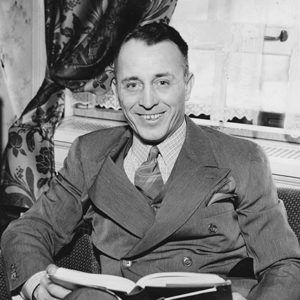 John Sorrells
John Sorrells
Sorrells, John Harvey
 James Southall
James Southall
Southall, James Henry
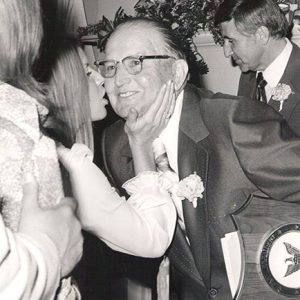 J. K. Southerland
J. K. Southerland
Southerland, Jerome Kee (J. K.)
Southern Cotton Oil Mill Strike
 Southern Fried
Southern Fried
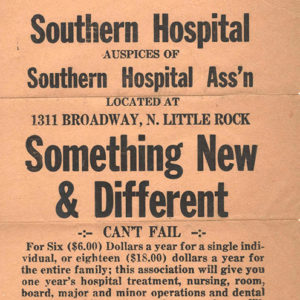 Southern Hospital
Southern Hospital
Southern Manifesto, Arkansas Signatories of the
 Southern Strategy
Southern Strategy
Sovereign, James Richard
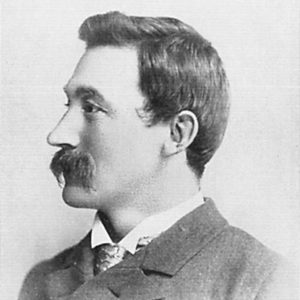 James Soverign
James Soverign
Spavinaw, Skirmish at
 Tris Speaker Trading Card
Tris Speaker Trading Card
Speaker, Tristram E.
Speers, J. E. (Execution of)
 J. L. Spence
J. L. Spence
Spencer, George Lloyd
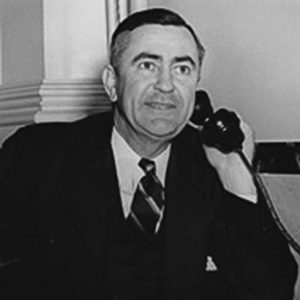 Lloyd Spencer
Lloyd Spencer
Spicer, William Leach
Spirit of the American Doughboy Monuments
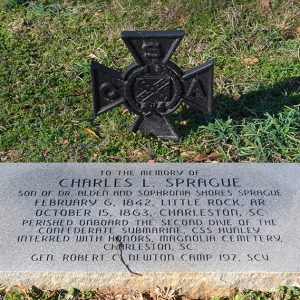 Sprague Memorial
Sprague Memorial
Sprague, Charles Leslie
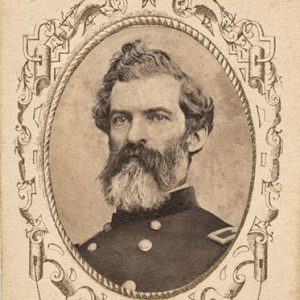 John W. Sprague
John W. Sprague
Sprague, John Wilson
Sprick, Dan Travis
Springer, Andrew (Lynching of)
Springfield, Missouri, into Northern Arkansas, Scout from
aka: Skirmish at Bennett’s Bayou
aka: Skirmish near Buffalo City
Springfield, Missouri, toward Fayetteville, Scout from
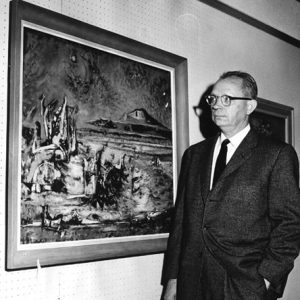 Everett Spruce
Everett Spruce
Spruce, Everett Franklin
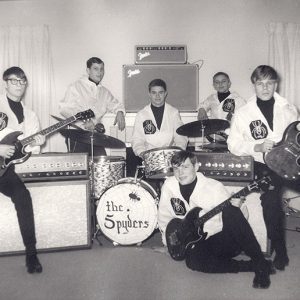 The Spyders
The Spyders
St. Francis County Reported Lynching of 1910
St. John’s Seminary
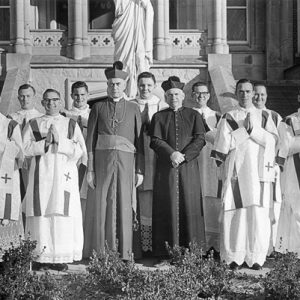 St. John's Deacons
St. John's Deacons
 St. John's Seminary Dorm
St. John's Seminary Dorm
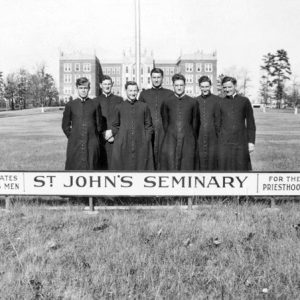 St. John's Seminary Students
St. John's Seminary Students
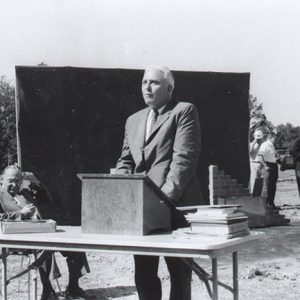 Carey V. Stabler
Carey V. Stabler
Stackhouse, Houston
aka: Houston Goff
Stacy, Thomas
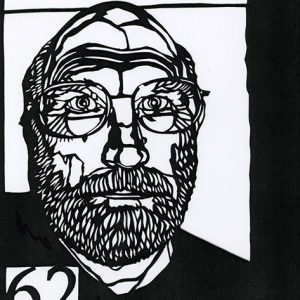 Stamp Art
Stamp Art
Staner, Tom (Trial and Execution of)
Stanford, Frank
aka: Francis Gildart Stanford
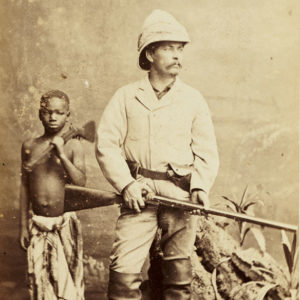 Stanley and Son
Stanley and Son
 Henry Stanley
Henry Stanley




